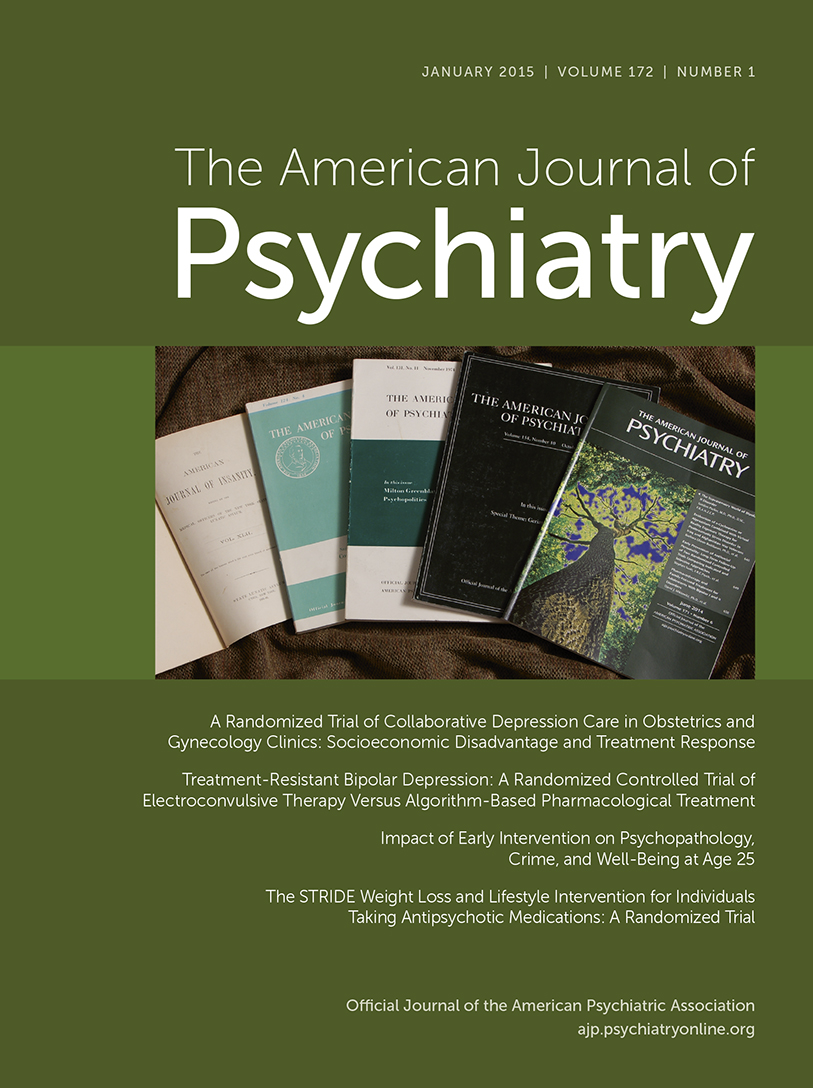Navigating a middle ground between neuroscience and psychology, the authors of Suspicious Minds: How Culture Shapes Madness construct a novel perspective on the meaning of specific delusions and the interplay of modern society with what they posit to be a fundamental tendency of the human mind to be suspicious. Their jumping off point is the infrequently encountered delusion that one is like the character in the film The Truman Show, an unwilling star in a widely broadcast TV show about one’s life.
The central arguments of the book are developed by means of prose interwoven with clinical vignettes of delusional patients. Starting with rich descriptions of patients with “the Truman Show delusion,” the authors then take us through a brief history of madness and the theories and treatments thereof. This section benefits from the dual backgrounds of the authors: psychiatry and philosophy. Thus, this history includes the underlying theories and philosophies of the time as well as the treatments used, starting (albeit briefly) with ancient cultures and progressing to modern times. It should be noted that the vast majority of this section centers on Western history.
The central theses of the book are then developed, leading to the conclusion that our modern culture, with its large cities and intrusive electronic surveillance, exacerbates what underlying vulnerabilities exist in individuals, driving some into delusional states dominated by paranoid themes. Various well-replicated findings in psychiatry are brought to bear, such as the heightened risk of schizophrenia in urban and immigrant populations. While the authors briefly mention evidence from neuroscience research regarding the relevance of particular brain areas, this part of their argument remains thinly developed. Instead, they spend much of the latter part of the book building upon the concept of a “Suspicion System” as a segue into understanding how paranoid delusions arise and persist. They hypothesize that this Suspicion System is “the solution that evolution came up with to enable us to pick up evidence of infidelity and other social threats for the purpose of early detection and defense” (p. 165). Their construct emphasizes social interactions and draws from ideas and research on cognition, social stress, childhood adversity, Theory of Mind, and the fear system. While there is brief mention of the effect of income inequality on health, an additional natural source of support for their ideas could have come from political thinking, starting with that of Richard Hofstadter in his seminal essay, “The Paranoid Style in American Politics” (
1). However, the authors draw from broad sources of thought that make this book intellectually compelling and enjoyable. The boldness of their attempt at a new conceptualization is to be greatly applauded.
Many of the authors’ assertions raise questions that will require research to validate. The attempt to subsume a large number of delusions under the umbrella of a malfunctioning Suspicion System appears somewhat forced. They attribute a heightened risk of paranoid delusions to the loss of privacy in our modern society, with its Internet connectivity and electronic surveillance. This too seems forced. Acceptance of this thesis would require evidence that paranoid delusions and/or schizophrenia are on the rise in our time, a tall order to prove. Also, the very privacy they say was “vital to our health” until its recent electronic erosion is actually a very modern and Western phenomenon, yet psychosis was very common long before this recent erosion of privacy. Their decrying of a purely biological understanding of psychosis as a fruitful path to better treatments is, in my opinion, overdone, but the therapeutic usefulness of emerging biological discoveries will prove them right or wrong.
This book is of value both to the educated lay public and those in the allied mental health fields. It is written in an engaging, rather informal style. The detailed clinical vignettes of patients with colorful delusions will be informative particularly for the lay public and those in the mental health field who do not often encounter severely delusional patients. The book has over 25 pages of scholarly notes, plus a 30-page bibliography, although these are of limited usefulness because the authors chose to leave out references to either in the text.
This book is to be commended for developing new hypotheses that invite new research questions. The capstone of the authors’ arguments is the humane and clinically important point that the
content of our patients’ delusions deserves our compassionate exploration and attention, even while we use biological means (i.e., medication) to diminish their hold on our patients’ lives. The book ends with a plea that our field accept the relevance of psychological/social, as well as biological, factors in mental illness (i.e., that psychology and neuroscience work in harmony for the treatment of our patients). The tension between these two poles has defined and divided our field for many decades (
2). Future developments in our field will determine the extent to which using both approaches synergistically will bring better outcomes for our patients than using either approach alone.


